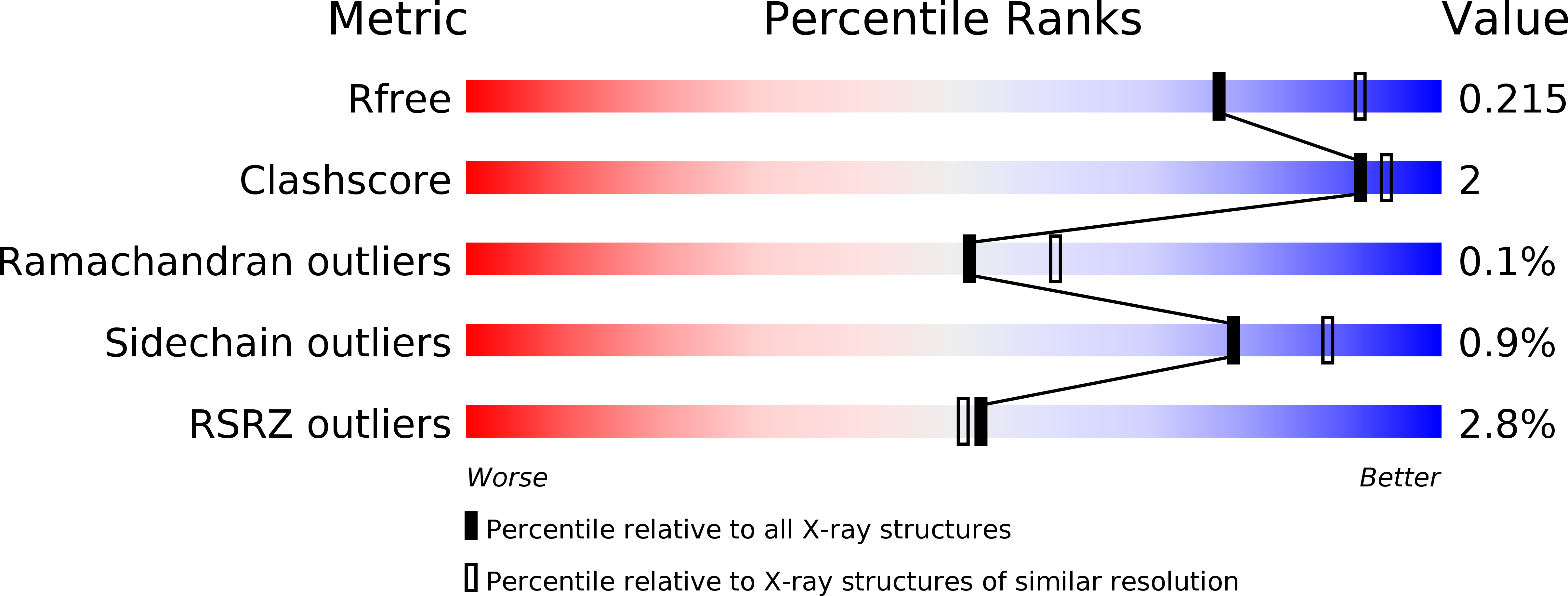
Deposition Date
2014-04-14
Release Date
2015-05-06
Last Version Date
2023-09-27
Entry Detail
Biological Source:
Source Organism:
Escherichia coli (Taxon ID: 316385)
Escherichia coli (Taxon ID: 562)
Escherichia coli (Taxon ID: 562)
Host Organism:
Method Details:
Experimental Method:
Resolution:
2.20 Å
R-Value Free:
0.21
R-Value Work:
0.16
R-Value Observed:
0.16
Space Group:
P 21 21 21


